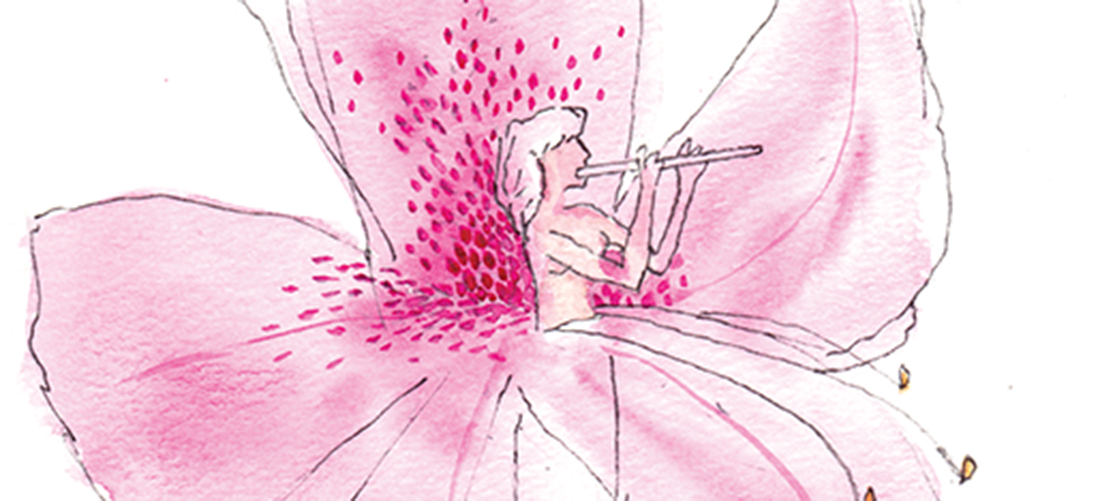
A Thing of Beauty
Azaleas bring joy forever
By Ross Howell Jr
Greensborians sometimes take for granted the azalea’s riotous profusion of color and blossom in April. Not me.
The Blue Ridge winters where I grew up were too harsh for azaleas. I remember becoming aware of them on a high school band trip to Myrtle Beach. We stopped for a tour of Brookgreen Gardens.
A boy of 14, I was initially more interested in the size of carp in the ponds, the nude bronze statues and the budding charms of a certain female flutist in the band, a senior.
But as I passed a brick wall, the afternoon light was bending, infusing everything with gold. There, before me, was a bank of pink azaleas so bright in color they seemed to have been plugged into an electrical socket.
Here was a plant I had never seen before. Here was a plant whose purpose wasn’t utilitarian, to be eaten by livestock or by man. Here was a plant whose only purpose was beauty.
That was the first time I got why my mother labored on her knees evenings among her flowers after a long day’s work milking cows, washing clothes, cooking and tending her vegetable garden.
I’ve planted azaleas before, and after a couple of shaky years — they faced the full force of the summer sun in a southern exposure — they thrived. But my real azalea responsibilities lie with three old plants in Fisher Park, inherited from our home’s previous owner.
They’re what I call old-school azaleas, woodsy and leggy, though they’re in bright sun, with trumpet blossoms and big deciduous leaves that turn reddish orange in the fall.
When my wife bought the house seven years ago, the azaleas were overgrown with morning glories and some sort of vine that had also conquered a substantial portion of the roof. After I cleared away the vine and morning glories, I pruned out the dead sections of the azaleas, fed and watered them, and waited to see how they’d respond to the reintroduction of sunlight to their lives.
Tentative at first, they sprouted aggressively, becoming even more misshapen. I let them go the first year, then pruned conservatively to shape them over a three-year span.
I’m writing this in March. The azaleas display no dead wood, their leaves look healthy and smooth, and the bloom buds grow fatter each day. I haven’t pruned in two years, so they’re all taller than me, one a good 8 feet in height.
Past Aprils, I’ve had my wife photograph me with our two dogs beside the azaleas when they’re blooming. Their blossoms are so bright they make your eyes blink.
My dogs tolerate these sessions, though it’s obvious they’re unimpressed. This spring we have a new rescue dog we’ve adopted. She has a gray coat, with a white blaze, socks and chest.
I think the color of the azaleas will complement her coat nicely. Maybe she’ll display more enthusiasm than her colleagues.
The flutist? We boarded the school bus for home the afternoon of the parade. After nightfall, she kissed me in the back of the bus, out of pity, I’d wager. The line of her jaw was accented by her cropped hair, and the fragrance of the azaleas reminds me of its fragrance.
I have no idea what became of her. OH
Ross Howell Jr. is studying the native plants of the Florida Panhandle for a landscaping project. That’s his excuse for not making better progress on his second novel.





